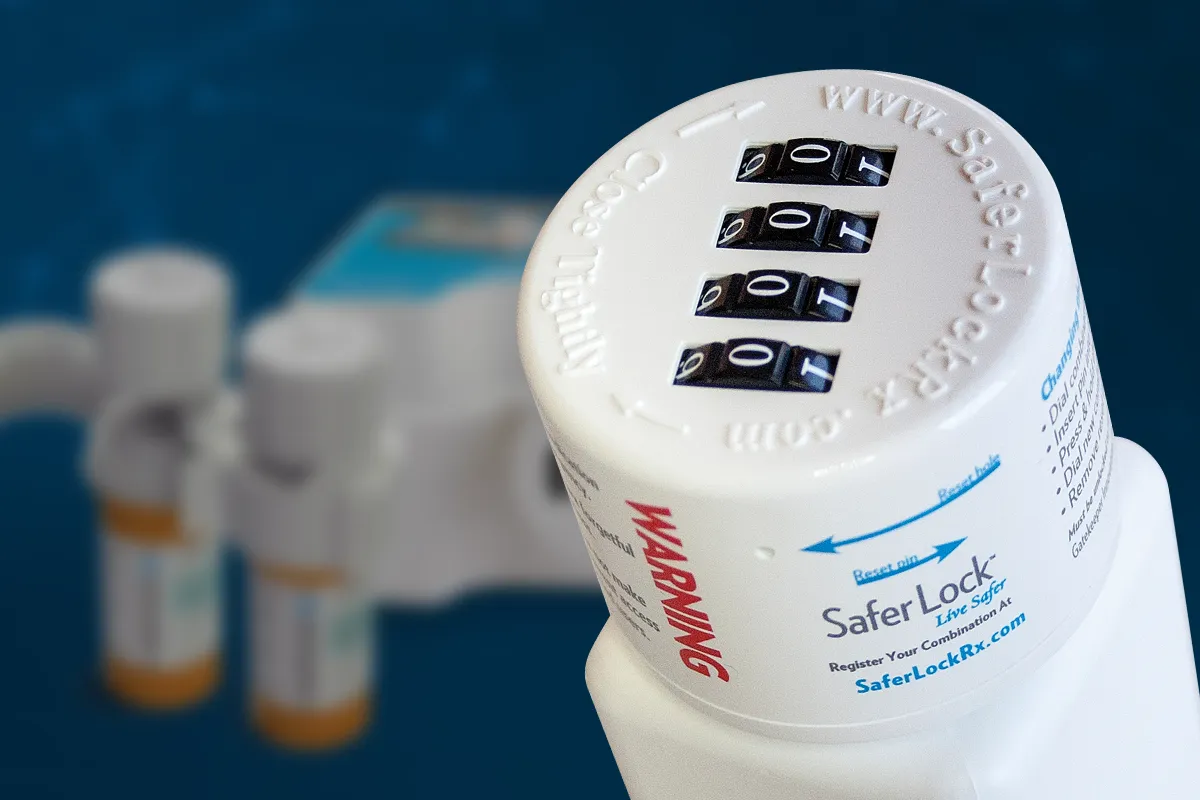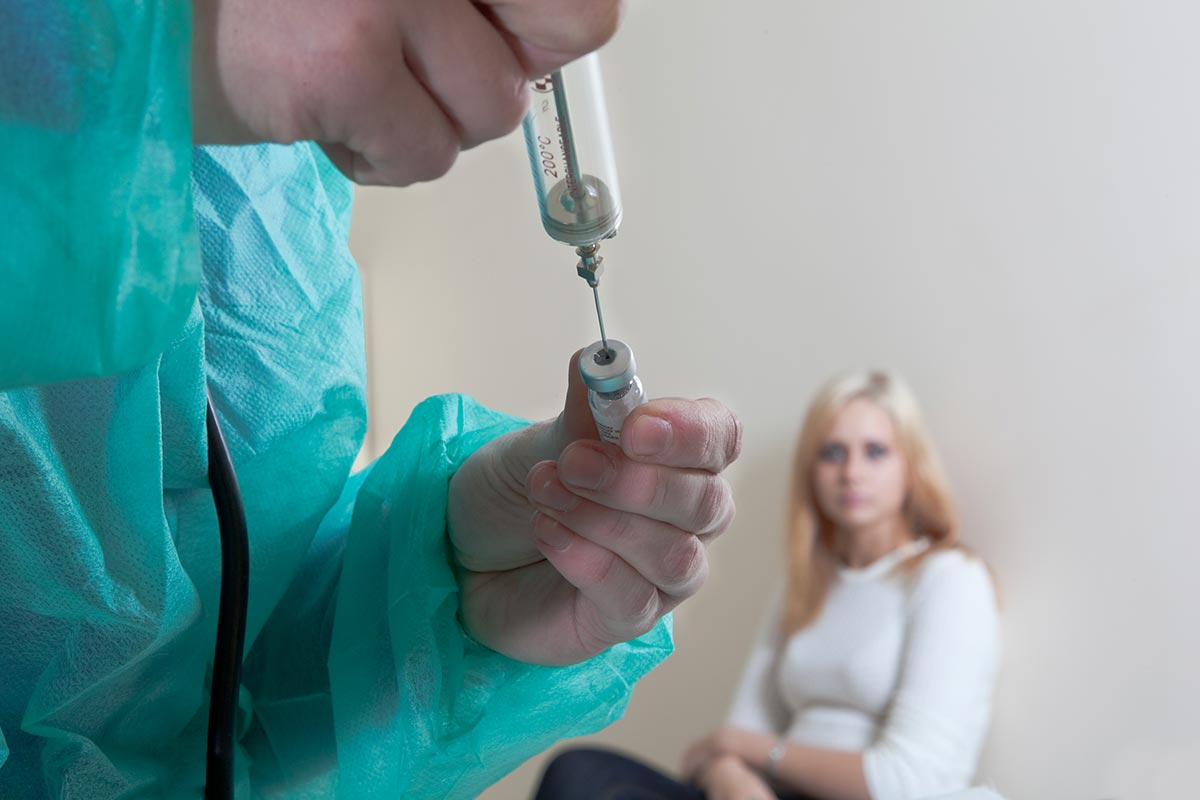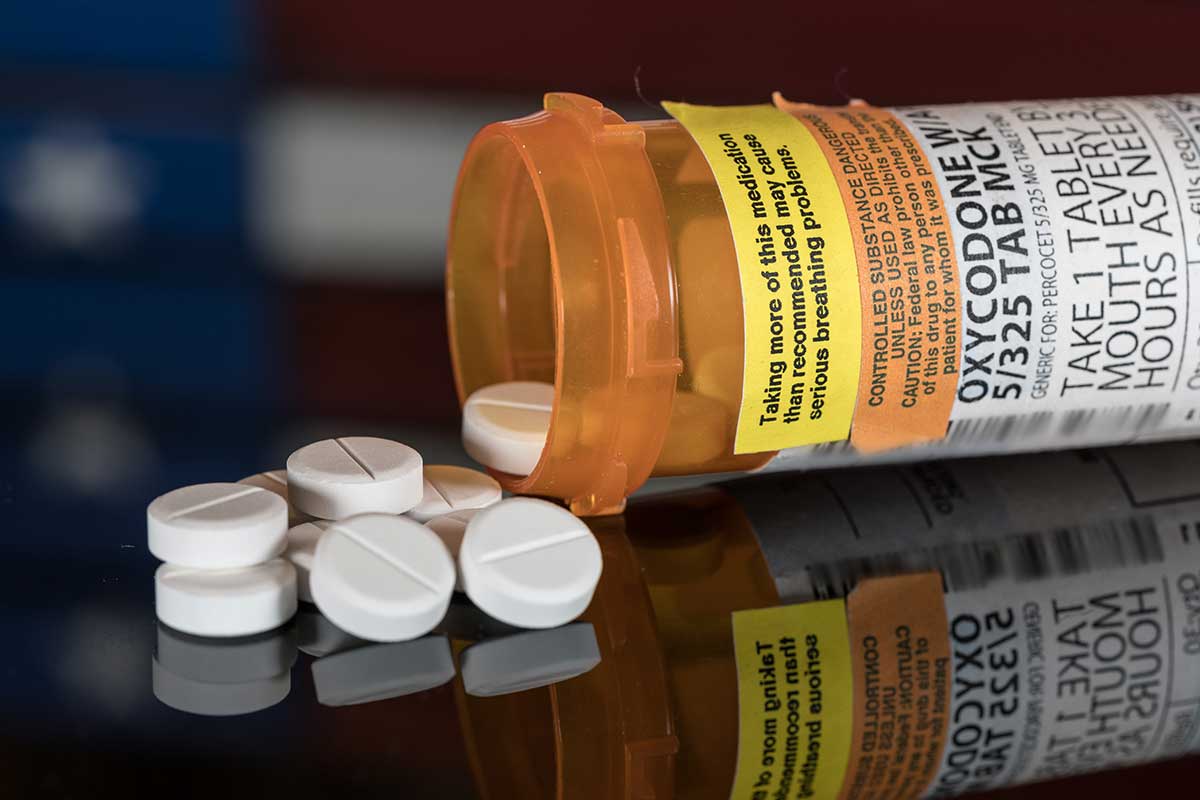Medication errors are the most common nonsurgical adverse events that occur in hospitals, According to the CDC. Safely and accurately administering medication, especially with multiple patients involved, can be challenging for healthcare professionals, but it is an important responsibility. Medication administration requires good decision-making skills and clinical judgment, but several tools and strategies are also used to minimize error.
Check them out below:
The Strategies
Be vigilant when preparing medications: Always avoid distractions if possible. Some workplaces have no-interruption zones (NIZ), where healthcare providers can prepare medications without interruptions.
Check for allergies: You should always ask patients about their allergies, the types of reactions they may have, and the severity of those reactions.
Use two patient identifiers at all times: Always use two patient identifiers before administration (such as birthday, medical ID, etc.) and always compare against the medication administration record (MAR).
Assessment before administration: All medications require an assessment prior to medication administration to ensure that the patient is receiving the correct medication for the correct reason. (i.e., review of lab values, pain, respiratory assessment, cardiac assessments, etc.).
Avoid reliance on memory and use a checklist and memory aids: Lack of attention, fatigue, and distractions can be expected in the workplace but should be avoided at all costs to reduce errors in medication administration.
Communicate with patients before and after: Provide information about the medication before administration. Answer any questions patients may have about dosage, usage, and special considerations. Give them an opportunity to ask questions and include other family members if appropriate.
Avoid workarounds: Never bypass a procedure, policy, or problem in the system. For example, don’t “borrow” medication from another patient while waiting for an order to be filled by the pharmacy. These workarounds fail to ensure safe medication practices.
Ensure medication hasn’t expired: Although most medications aren’t dangerous after expiration, most become inactive and will not sufficiently medicate patients.
Always clarify an order or procedure that is unclear: Always ask for help if something is unclear. Consult with the pharmacist, charge nurse, or other health care providers, and be sure to resolve all questions before proceeding with medication administration.
Report all near misses, errors, and adverse reactions: Reporting allows for analysis and identification of potential errors in your system, leading to safer patient care.
Follow the “Seven Rights” for each individual medication: The “Seven Rights” is a system to ensure the whole medication administration process is taken step by step and nothing is missed. It includes making sure of the following:
- You have the right patient
- You have the right medication
- You have the right dose
- You have the right route
- You have the right time
- You have the right reason
- You have the right documentation
It is recommended that this process is completed at three different times during administration to avoid error further:
- When the medication is being taken out of its storage area
- When the medication is being measured
- When the medication is being put away
Store the medication in a safe and locked place: Medication abuse can happen simply by people having access to medication they aren’t supposed to. Always try to store medication in a locked cabinet, drawer, or other dark, dry, and cool place (that isn’t easily accessible).
The Tools
RxGaurdian even has a few tools that can assist in this, making safe medication storage more accessible than ever:
Safer Lock Box: Made from sturdy food-grade plastic and locks with a 4-digit combination of your choosing, the Safer Lock Box is your one-stop shop for securing multiple medications of all types in one safe space.
Safer Lock/Rx Locking Cap: If you’re looking to secure individual medications, both the Safer Lock and Rx Locking Cap work perfectly. With the same locking mechanism of a 4-digit code, you can secure individual bottles of medication stress-free.
Rx Locking Bag: If you frequently travel for work or just want to have medication secured with you on the go, the Rx Locking Bag is made for you. This time, with a 3-digit combination, you can tuck away multiple medications and securely transport them with you wherever you need to go. They can also be labeled with patient names and medications and easily sit upright for easy storage.
Dispose Rx: If you’re ever worried about safely disposing of medications, Dispose Rx is there for you. Containing 100 disposable packets – enough for 100 individual prescriptions, you just place the pills in the non-toxic solution that safely dissolves pills without ever risking yourself, others, or the environment.
Medication administration can be a stressful task, but with the right strategies and tools at your disposal, you can help minimize errors and risks to the health of yourself and your patients.



